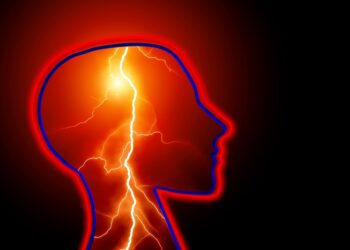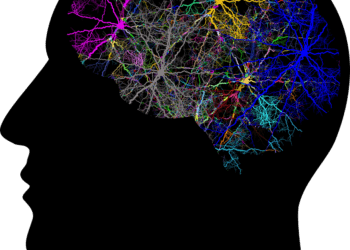
For a long time, millions of people with epilepsy and their doctors have struggled to find the precise location of seizure onset in order to target their treatment. Two new models may finally provide the answer.
Tools developed by Johns Hopkins University researchers and detailed in the journal Brain may aid those suffering from the disease and their doctors in deciding whether or not to operate, or even just deciding what medications might actually work, thereby sparing patients the risks and potential ineffectiveness of invasive procedures and reducing the need for unnecessary, protracted hospital stays for testing.
Currently, to accurately pinpoint the specific portion of the brain which triggers a seizure, hospital stays ranging from a couple of days to a couple of weeks are required. The patient undergoes an extended electroencephalogram (EEG), a test that measures electrical activity in the brain using electrodes attached to the scalp. Once the patient had a seizure, then the EEG would pinpoint the exact location from where the seizure fired.
“This is a new paradigm,” said Joon-Yi Kang, a neurologist at Johns Hopkins Hospital, who co-authored the studies. “We’re getting more insights into specific brain networks. We’re not waiting around for seizures to happen.”
The models locate the onset of seizures in the brain by using machine learning and calculus-based equations to reveal patterns in brain activity. Rather than weeks, this test can be accomplished in a matter of minutes.
The research team studied the brains of patients both when they were not having seizures and when their brains were stimulated with quick electrical pulses in order to create heat maps predicting where seizures begin.
In their study, the brain was modeled as a network of nodes in which connections were made and broken. The team hypothesized that when a patient is not having a seizure, it’s because nodes in the healthy brain are limiting the activity of nodes in the unhealthy brain, where seizures originate. When an epileptic seizure begins, the nodes switch places. By tracing the nodes’ strength and direction, the team was able to locate the initial epileptic focus.
Using a stimulation pulse, researchers in a companion study of 28 patients were able to determine which nodes were having an effect on the others.
The model had a 79% success rate in predicting when seizures would begin in a sample of 65 patients and whether or not surgery would be successful. Co-author Kristin Gunnarsdottir, a Johns Hopkins research scientist, commented that this finding could be very useful to clinicians when compared to the conventional 50% success rate of surgeries.
“We’re hoping that this can be something that we could use in patients that don’t have a ton of seizures or in the 10% of patients that don’t have seizures at all during (traditional) monitoring,” said co-author Rachel June Smith, a former post-doctoral fellow in biomedical engineering at Johns Hopkins who is now an assistant professor at the University of Alabama.
Often, surgery is required to stem the tide of epileptic seizures. The new tools cut back on complications that could stem from surgeries.
“These are underserved patients,” said Sridevi V. Sarma, associate director of Johns Hopkins Institute of Computational Medicine and head of the Neuromedical Control Systems Lab. “We want surgeries to go well, but we also want to prevent surgeries that may never go well.”
People with epilepsy, of which there are more than 65 million globally, have a mortality rate three times higher than the general population. While the vast majority of patients with epilepsy benefit from medication, about 30% are drug-resistant. They may choose between undergoing surgery to remove or disconnect regions of the brain that are responsible for seizures, or having a device implanted in the brain to stop seizures with stimulation.
Sarma said right now it can be difficult to pinpoint the cause of seizures, so surgery is only successful about half of the time.
“If you find that zone and you effectively treat it, it’s a game changer—it’s a life-changing treatment for these patients,” she said.
In 2015, the CDC estimated that 1.2% of Americans, or three million adults and 470,000 children, were living with epilepsy. One in every 26 Americans will develop the disease at some point in their lives. There are also an estimated 1.16 cases of Sudden Unexpected Death in Epilepsy (SUDEP) for every 1,000 epileptics annually, though these numbers can vary widely (SUDEP refers to epileptic deaths not caused by trauma, drowning, or other recognized causes).






